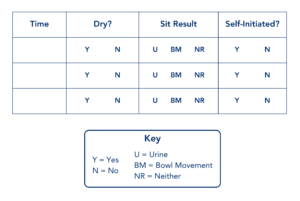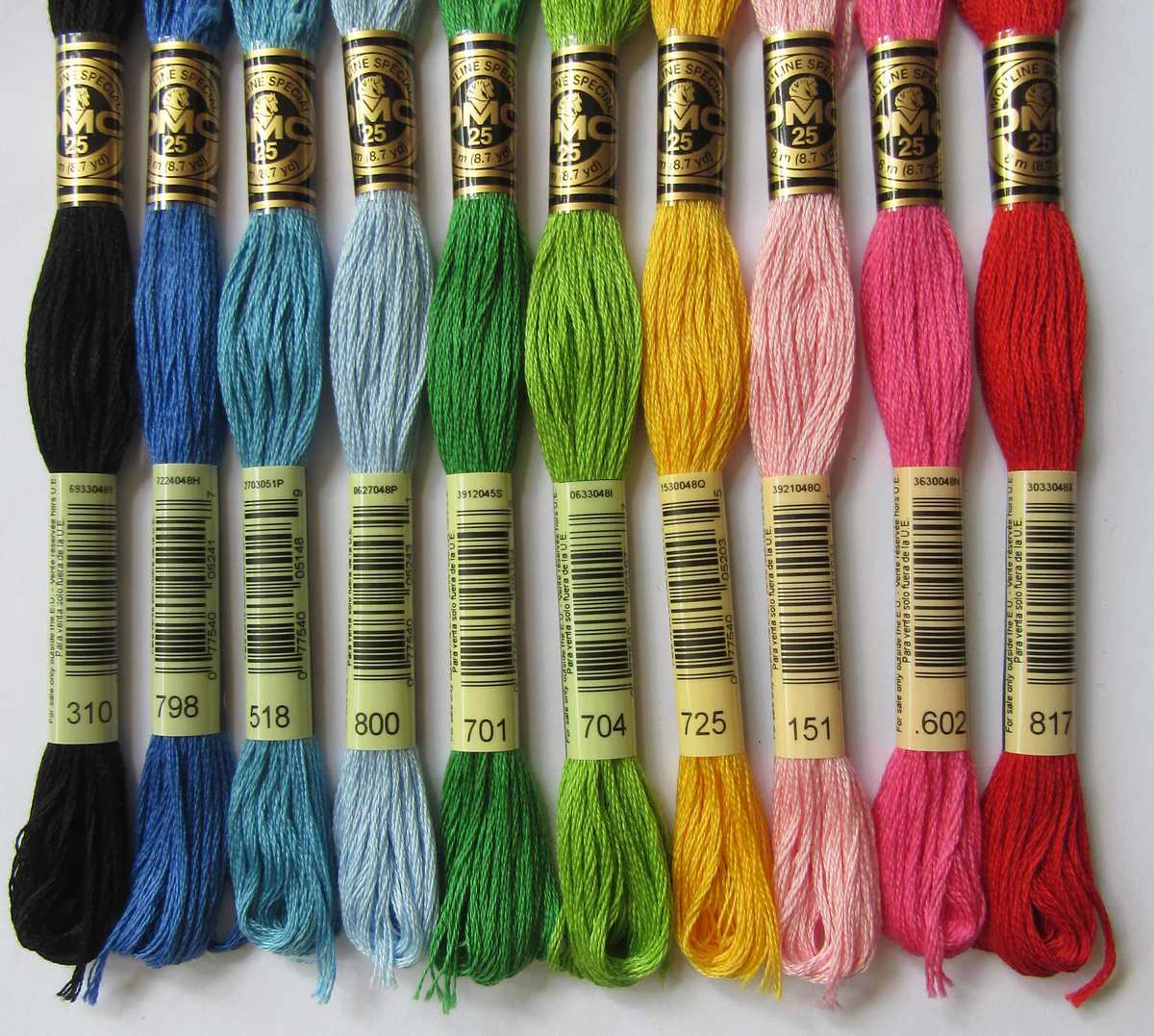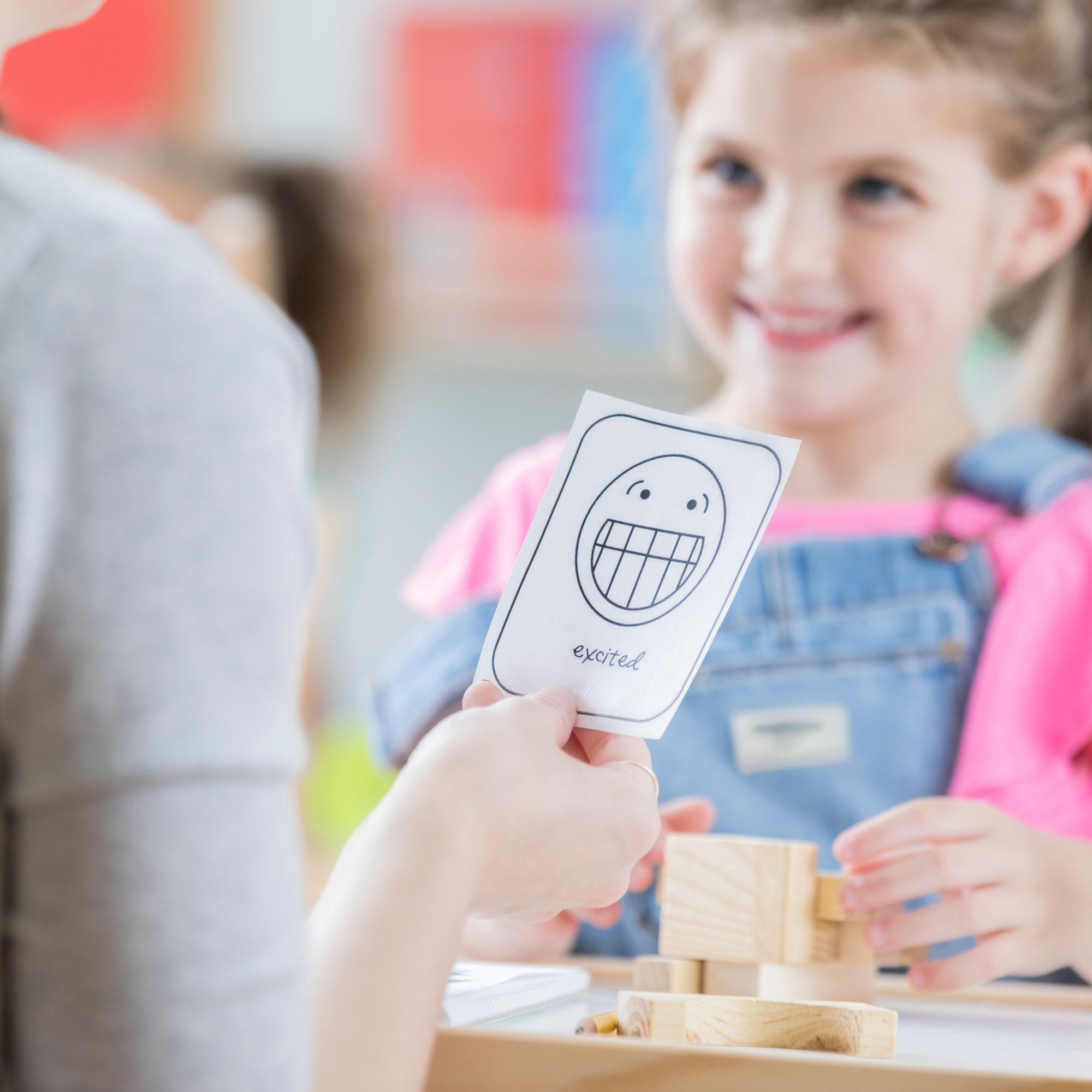Toilet training is an essential milestone for any child, but children with developmental delays, including autism, may face unique challenges in mastering this self-help skill. A thoughtful and intensive approach can lead to both initial and long-term success in toilet training. This guide provides actionable tips to help parents and caregivers navigate the process with confidence and patience.
Why Caregiver Involvement is Crucial
When toilet training a child with developmental delays, it’s essential for the primary caregiver—the person who spends the most time with the child—to be heavily involved. This increases the likelihood of success across daily routines.
If your child receives Applied Behavior Analysis (ABA) services, collaborating with the ABA team is beneficial. For in-home services, the primary caregiver should actively participate. If the training occurs in a clinic setting, the skills learned can be transferred to caregivers with the team’s guidance.
Signs Your Child May Be Ready for Toilet Training
Although every child is different, these indicators suggest your child may be ready:
- Follows simple instructions
- Has regular bowel movements (BMs)
- Stays dry for over 2 hours
- Shows discomfort with dirty diapers or indicates when soiled
- Remains BM-free overnight
- Understands basic potty words
- Demonstrates interest in using the potty
- Indicates the need to go to the bathroom
- Requests to wear underwear
Your child doesn’t need to meet all these criteria, but they can increase the chances of success.
Preparing for Toilet Training
Preparation is key. Here’s what you need:
1. Underwear:
Using underwear can encourage toilet training success.
2. Potty Seat or Toddler Potty:
Potty seats are more portable and easier to transfer across environments.
3. Preferred Reinforcers:
Identify 1-3 highly preferred items that are easy to deliver immediately. Restrict access to these items before training and offer them only for successful potty attempts.
4. Dedicated Time:
Choose a week when a caregiver can commit to consistent toilet training throughout the day.
Tips for Effective Toilet Training
Fluid Access
Encourage your child to drink fluids without forcing them. Have water or preferred beverages readily available. Consult your pediatrician to determine a safe fluid intake.
Scheduled Toilet Sits
There are two primary strategies for scheduled sits:
1. Brief Sits:
- Sit the child on the potty for 5 minutes every 30 minutes until a successful void occurs.
- Reinforce successes immediately with praise and preferred items.
- If no success, increase potty visits to every 15 minutes.
2. Long Sits:
- Sit the child for 30 minutes on the potty.
- If successful, reinforce immediately and provide a 5-minute break outside the bathroom.
- If no success, provide a brief break but keep the child in the bathroom.
Responding to Accidents
Accidents are part of the learning process. When they happen:
- Calmly say, “We go pee in the potty,” without scolding.
- Gently transition the child to the bathroom to sit for a few minutes.
- Clean up accidents calmly without drawing extra attention.
Post-Training Maintenance
Increasing Time Between Sits
As your child becomes successful, gradually increase the time between sits:
Brief Sits:
- Start at every 30 minutes, then move to 60, then 90 minutes with no accidents.
Long Sits:
- Reduce sit times while increasing breaks until sits are no longer necessary.
Encourage your child to independently initiate bathroom trips. Reward initiations with praise or a preferred item.
Fading Reinforcers:
Gradually reduce reinforcers by providing praise for every 2-3 successes.
Generalizing Toilet Training Across Environments
Home to School:
- Introduce additional bathrooms in the home.
- Move on to familiar locations (e.g., grandparents’ house).
- Practice at school with caregiver support and transition to teacher supervision.
School to Home:
If training begins at school, caregivers should participate in the process. Use similar strategies and reinforcers to maintain consistency at home.
The Importance of Data Collection
Tracking accidents and successes can help identify patterns and adjust training strategies. Use a simple data sheet to note the timing of voids, accidents, and reinforcers.

Final Thoughts
Toilet training a child with developmental delays requires patience, consistency, and a collaborative approach. With the right preparation and techniques, you can set your child up for long-term success.
Want Expert Support?
Contact us to get started with professional services! For more parenting tips, check out our Purposeful Parenting workshop.
References
- Centers for Disease Control and Prevention. (n.d.). Child Development and Milestones. Centers for Disease Control and Prevention.
- American Academy of Pediatrics. (n.d.). Toilet Training Guidelines. HealthyChildren.org.
- Autism Speaks. (n.d.). Toilet Training Tips for Children with Autism. Autism Speaks.
- Journal of Applied Behavior Analysis. (n.d.). Research on Behavioral Interventions for Toilet Training. Wiley Online Library.
- Mayo Clinic. (n.d.). Potty Training: How to Get the Job Done. Mayo Clinic.













